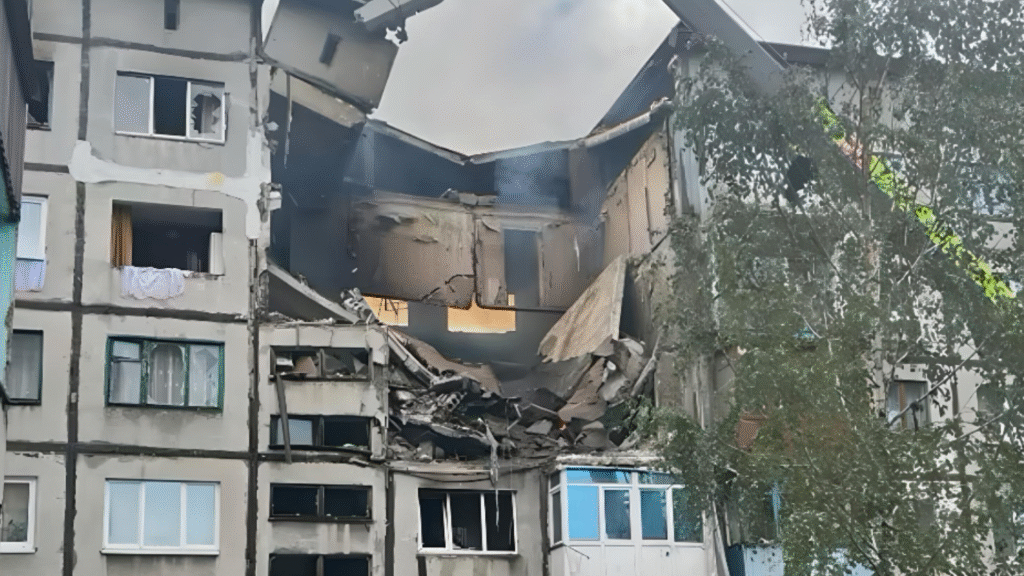Amid the ongoing conflict in Eastern Europe, Washington is considering a significant move that could alter the balance of power on the battlefield: the transfer of precision-guided ATACMS tactical ballistic missiles to allied nations, with the option of subsequent delivery to Kyiv. This proposal was discussed behind closed doors during the June 2025 summit in The Hague, where military logistics and coordination were key topics.
The missiles in question belong to the MGM-140 ATACMS family, developed by U.S. defense contractor Lockheed Martin. Designed for strikes on critical enemy infrastructure — including command centers, air defense systems, and ammunition depots — these missiles have a range of up to 300 kilometers. Depending on the variant, ATACMS can carry either cluster warheads designed to cover wide-area targets or unitary explosive warheads intended for precise, surgical strikes with minimal collateral damage.
Particular focus is being placed on the potential transfer of the M57 and M57E1 variants, known for their high accuracy, with a circular error probable (CEP) of just 10–15 meters. These performance metrics place them on par with some of the most advanced tactical systems in operation, including Russia’s Iskander-M. The upgraded M57E1 version also features an airburst fuse, enhancing its effectiveness against dispersed or lightly protected targets.
It is important to note that the transfer would not occur directly, but through allied countries authorized for re-export, streamlining delivery and reducing political risk. This approach also allows for more flexible coordination within the defense alliance, adding an element of strategic ambiguity.
Ukraine has already received earlier ATACMS variants in October 2023 and April 2024, which enabled its forces to conduct deep strikes against airfields and supply hubs well behind the front lines. These deliveries prompted tactical adjustments from the opposing side and provoked a series of retaliatory threats from Moscow.
What distinguishes this new assistance package is not only the increased range and destructive power of the missiles, but also their precision — a factor that enables the reduction of civilian infrastructure damage while maintaining strategic effectiveness. This point is particularly salient in light of ongoing debates over the ethical implications of using cluster munitions, which carry a risk of leaving unexploded ordnance.
Ultimately, this is not merely another shipment of arms. It represents a broader strategic shift — a long-term plan to reinforce deterrence and strengthen defense posture along the eastern frontiers of Europe. In this context, the transfer of ATACMS is less a symbolic act of support and more a tangible step in reshaping the region’s geostrategic landscape.



